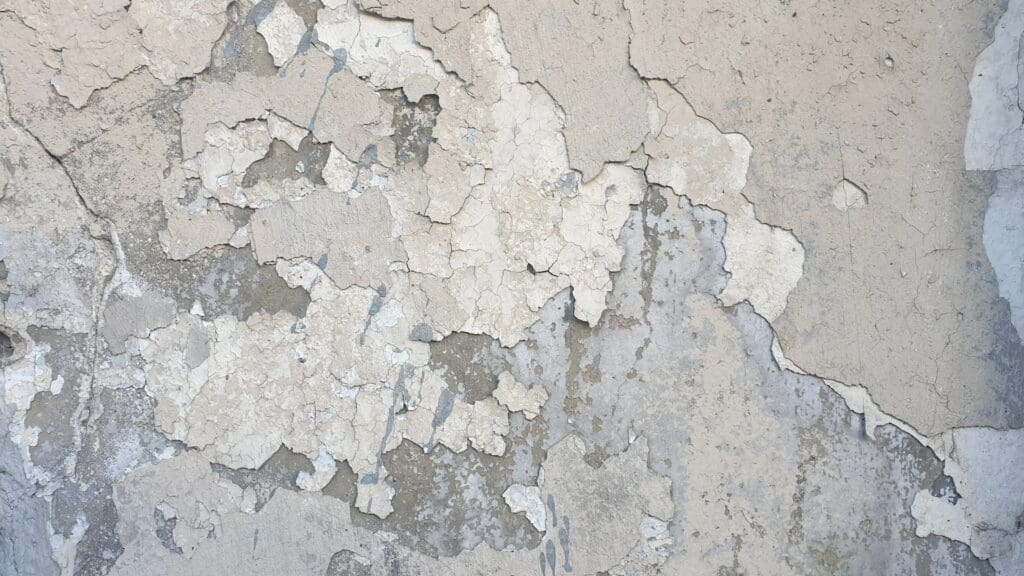Concrete is one of the most widely used materials in the construction industry. It is strong, durable, and can withstand a lot of wear and tear. However, one of the biggest problems associated with concrete is moisture. Moisture can have a significant impact on the integrity of a building structure, leading to potential safety hazards and costly repairs.
Understanding Moisture in Concrete
Moisture is an important consideration when it comes to concrete, as it can come from a variety of sources. Rain, groundwater, and even the mixing water used in the production of the concrete can all introduce moisture to the material. When moisture is present in concrete, it can cause a number of issues.
One of the most common problems associated with moisture in concrete is cracking, which can occur due to the cycle of expansion and contraction caused by moisture absorption and drying. Cracking can compromise the structural integrity of the building, posing significant risks to those inside.
Another issue that can arise from moisture in concrete is spalling, which occurs when the surface of the concrete begins to flake away. This can happen due to the presence of moisture and is often indicative of deeper issues with the concrete.
Finally, moisture in concrete can lead to corrosion of the reinforcing steel. This is a serious problem that can cause significant damage to the concrete and make the building unsafe for use.
The Impact of Moisture on Building Structures
Moisture can have a significant impact on the overall health of a building structure. It can lead to the development of mold and mildew, which can cause respiratory issues for occupants of the building. Moisture can also lead to the corrosion of reinforcing steel, which can compromise the structural integrity of the building and lead to costly repairs.
In addition to compromising the structural integrity of the building, moisture can also have a negative impact on the aesthetic appearance of the building. Moisture can cause discoloration and staining of the concrete, which can detract from the overall look of the building.
Preventing Moisture in Concrete
Preventing moisture in concrete is essential to maintaining the integrity of a building structure. One of the most effective ways to prevent moisture in concrete is through the use of waterproofing products. These products can be applied to the surface of the concrete to create a barrier that prevents moisture from penetrating the surface.
Another effective way to prevent moisture in concrete is through the use of proper construction techniques. This includes ensuring that the concrete is properly cured and that drainage systems are in place to prevent water from pooling around the foundation of the building.
Other Dangers To Concrete
Concrete is a strong and durable material that has been used for centuries in construction. However, there are several dangers to concrete that can compromise its integrity and safety. In addition to moisture, some of the other dangers to concrete include:
- Chemical exposure: Certain chemicals can cause concrete to deteriorate over time. This can be a problem in industrial settings where chemicals are present.
- Freeze-thaw cycles: When concrete is exposed to freezing and thawing cycles, it can cause the material to expand and contract, leading to cracking and other damage.
- Overloading: Concrete is designed to withstand a certain amount of weight and pressure. When it is overloaded, it can cause cracking and other damage.
- Fire: Concrete is not immune to fire. High temperatures can cause the material to expand and crack, compromising its structural integrity.
- Abrasion: Concrete can be worn away over time due to heavy foot or vehicle traffic, leading to the need for costly repairs.
To ensure the long-term health and safety of your concrete structures, it is important to be aware of these dangers and take steps to prevent them. This can include using proper construction techniques, applying protective coatings, and performing regular maintenance and inspections. By taking these steps, you can help ensure that your concrete structures remain strong, durable, and safe for years to come.
Conclusion
Moisture in concrete can have a significant impact on the integrity of a building structure. It can lead to a number of issues including cracking, spalling, and corrosion of the reinforcing steel. To prevent moisture in concrete, it is important to use proper construction techniques and to apply waterproofing products to the surface of the concrete. By taking these steps, you can help ensure the long-term health and safety of your building structure.
